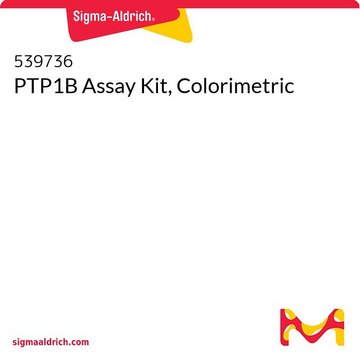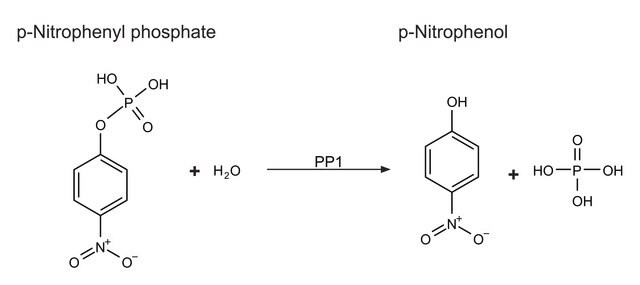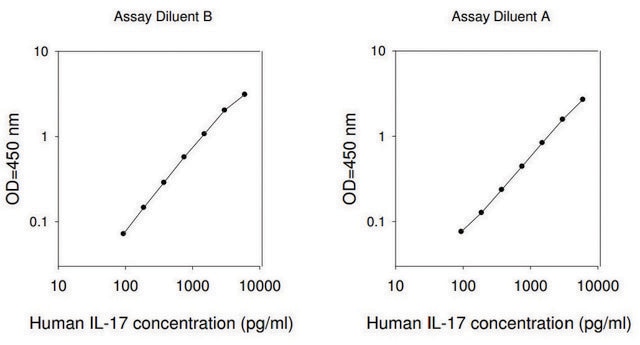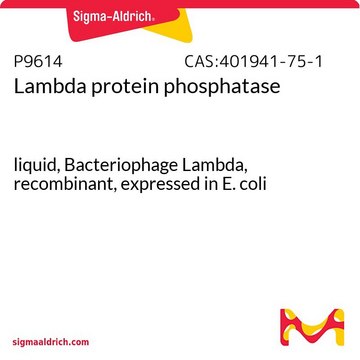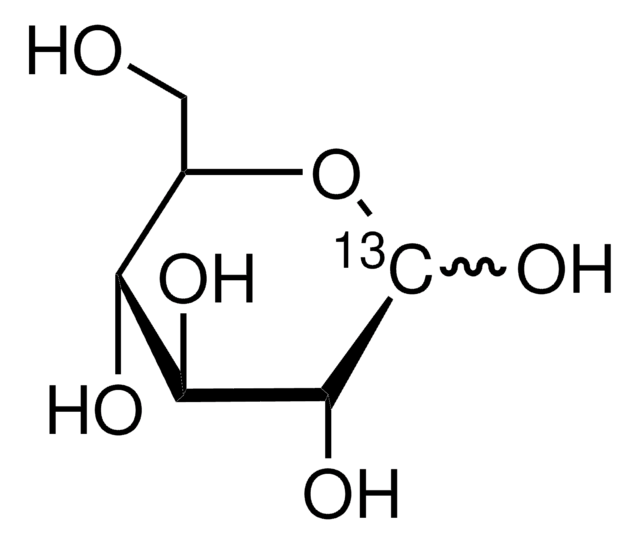P6244
Protein Tyrosine Phosphatase 1B human
recombinant, expressed in E. coli
Sinónimos:
PTP-1B
About This Item
Productos recomendados
recombinante
expressed in E. coli
Nivel de calidad
formulario
solution
actividad específica
≥20 units/mg protein
mol peso
37.4 kDa
concentración
≥0.5 mg/mL
Nº de acceso UniProt
enfermedades relevantes
diabetes; obesity; cancer
Condiciones de envío
dry ice
temp. de almacenamiento
−70°C
Información sobre el gen
human ... PTPN1(5770)
¿Está buscando productos similares? Visita Guía de comparación de productos
Descripción general
Aplicación
Acciones bioquímicas o fisiológicas
Definición de unidad
Forma física
Código de clase de almacenamiento
12 - Non Combustible Liquids
Clase de riesgo para el agua (WGK)
WGK 1
Punto de inflamabilidad (°F)
Not applicable
Punto de inflamabilidad (°C)
Not applicable
Certificados de análisis (COA)
Busque Certificados de análisis (COA) introduciendo el número de lote del producto. Los números de lote se encuentran en la etiqueta del producto después de las palabras «Lot» o «Batch»
¿Ya tiene este producto?
Encuentre la documentación para los productos que ha comprado recientemente en la Biblioteca de documentos.
Los clientes también vieron
Nuestro equipo de científicos tiene experiencia en todas las áreas de investigación: Ciencias de la vida, Ciencia de los materiales, Síntesis química, Cromatografía, Analítica y muchas otras.
Póngase en contacto con el Servicio técnico